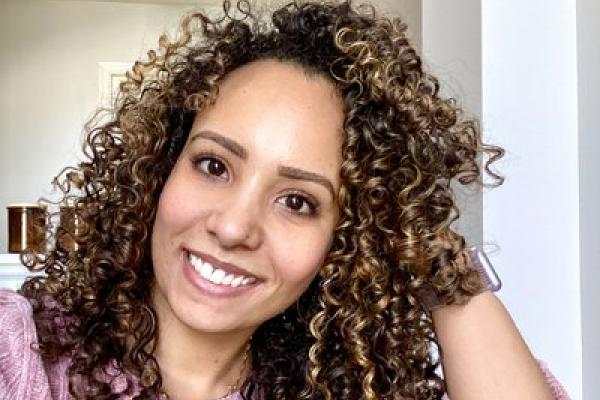
Neutrinos are the most abundant matter particles in the universe, and yet, mysterious. They rarely interact with matter which makes us eager to understand their properties. LArTPCs (Liquid Argon Time Projection Chambers) represent the future for neutrino research, so scientists are betting on these detectors to find the answers for many still open questions about these ghost particles. Two big experiments are being built at Fermilab to detect neutrino beams that will propagate through earth to find the missing pieces for this big puzzle that could bring us answers about our universe.
One of these experiments is the SBND (Short Baseline Near Detector), part of the SBN - Short Baseline Neutrino program. This program will consist of three liquid argon detectors located along the Booster Neutrino Beam at Fermilab and its goals include searches for new physics in the neutrino sector. SBND will be the first of the three detectors in front of the beam and it will play an important role measuring the un-oscillated neutrino beam flavor to enable precision searches for neutrino oscillations. With millions of neutrino interactions, SBND will perform detailed studies of physics of neutrino-argon interactions and will be an important part for the advancement of the LArTPC technology that will be used in the DUNE experiment in the next decade.
The DUNE experiment will be the next generation neutrino experiment to operate in the USA. The Deep Underground Neutrino Experiment will consist of two neutrino detectors placed in the world's most intense neutrino beam. This experiment will perform precise measurements of long-baseline neutrino oscillations over a 1300 km baseline, detection of supernova neutrinos and search for nucleon decay and other physics beyond the Standard Model.
In this colloquium I'll give an introduction to neutrinos, discuss the open questions and summarize how the next generation of neutrino experiments are trying to address them.
Link to talk: Watch on Zoom
